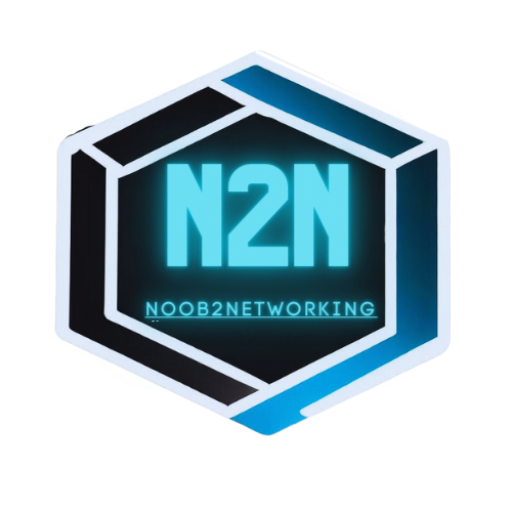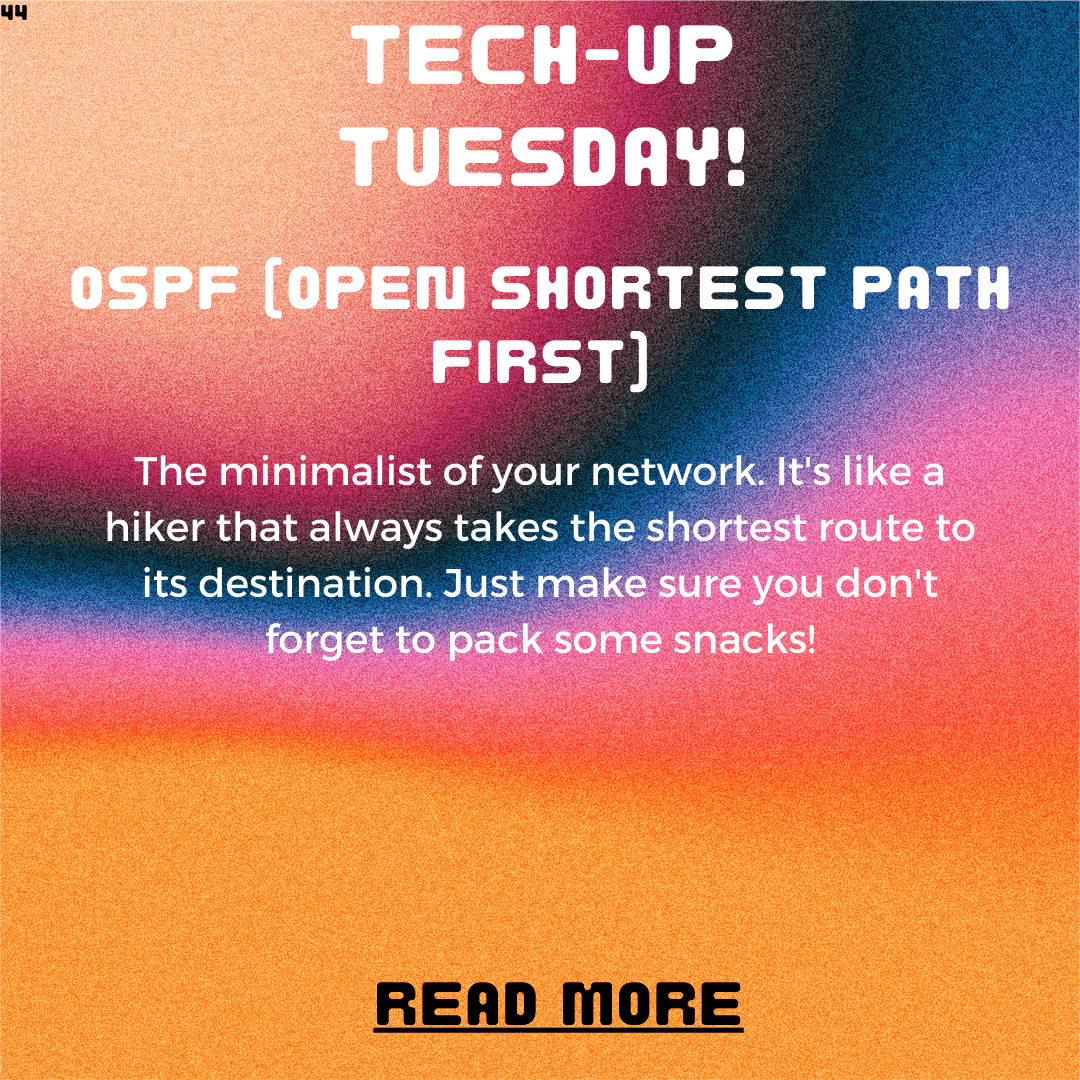🛣️🌐🧭
Have you ever wondered how data magically finds its way through the vast labyrinth of the internet? It’s all thanks to OSPF, the friendly neighborhood routing protocol that guides your data to its destination. OSPF, or Open Shortest Path First, is like a trusty GPS system for the internet, ensuring that your emails, web pages, and videos reach their intended recipients without getting lost in cyberspace. In this Tech-Up Tuesday post, we’ll demystify OSPF, explain its role in network routing using simple analogies, and highlight its importance in keeping our online world interconnected.
What is OSPF?
Imagine you’re planning a road trip to a new city. To reach your destination efficiently, you need a reliable navigation system that shows you the shortest and fastest routes. OSPF acts as that intelligent guide for your data, finding the most efficient path through the network maze.
How OSPF Works
Just like your navigation system, considers factors like traffic congestion and road conditions, OSPF takes into account various metrics to determine the optimal path for your data. It evaluates factors like network speed, reliability, and congestion levels to make sure your data reaches its destination quickly and securely.
OSPF and Routing Tables
Think of OSPF as the librarian of the internet. It maintains a vast collection of routing tables that contain information about the network’s topology, including available paths and their associated costs. When your data needs to be routed, OSPF consults these tables to determine the best path and guides your data along the way.
The Benefits of OSPF
OSPF offers several advantages that contribute to a robust and efficient network:
- Fast Convergence: OSPF quickly adapts to changes in the network, rerouting data along alternative paths if a link fails. It’s like having a real-time traffic update that helps you avoid roadblocks and reach your destination on time.
- Load Balancing: OSPF intelligently distributes network traffic across available paths, preventing bottlenecks and optimizing performance. It’s like having multiple lanes on a highway, ensuring a smooth flow of vehicles.
- Scalability: OSPF can handle large networks with thousands of interconnected devices, making it suitable for both small office setups and vast enterprise environments. It’s like orchestrating a massive transportation system that efficiently connects cities.
Fun Fact: OSPF and the Ant Colony
🐜 Did you know that OSPF draws inspiration from the behavior of ant colonies? Just as ants communicate and navigate by leaving pheromone trails, OSPF-enabled routers exchange messages and update their routing tables to collectively find the best paths for data. It’s like the internet’s version of ants working together to optimize their colony’s movements.
Conclusion
The next time you send an email, watch a video, or browse the web, remember the unsung hero working behind the scenes—OSPF. This routing protocol ensures that your data travels through the internet’s intricate web, finding the most efficient and reliable paths along the way. So, let’s appreciate OSPF for being the reliable GPS that guides our data and keeps us seamlessly connected in the digital landscape.


3 responses to “Tech-Up Tuesday: OSPF – The Routing Protocol That Helps Your Data Find Its Way”
747live-9 is my new go-to spot for a bit of online action. Games are slick and the site’s easy to use. If you are looking for something new, better try this one!
Yo, check out 7game6. Been playing there lately and it’s got some decent slots and a few live games. Nothing too crazy but solid for a casual spin. Just sayin’!
Alright, alright, alright… heard whispers about linkgi8sixmagics. Gave it a spin, and not gonna lie, the experience was pretty smooth. Def worth a look if you’re hunting for something fresh. See for yourself! linkgi8sixmagics